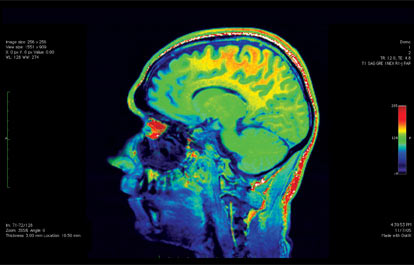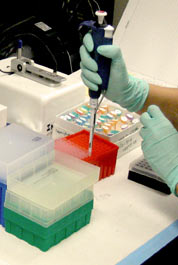

Scientific Lectures //
Resting State Differences in Alcoholics’ Brains
Jazmin Camchong, Ph.D. - Research Scientist, Neurobehavioral Research Inc. Honolulu, HI
Presented: November 8, 2012
ABSTRACT: Alcohol dependence (ALC) is a disorder with an impulsive and compulsive “drive” towards alcohol consumption and an inability to inhibit alcohol consumption. Neuroimaging studies suggest that these behavioral components correspond to an increased involvement of regions that mediate appetitive drive and reduced involvement of regions that mediate executive control within top-down networks. Little is known, however, about whether these characteristics are present after long periods of abstinence. METHODS: Resting state functional magnetic resonance imaging data were collected to examine resting state synchrony (RSS) differences between 23 long-term abstinent alcoholics (LTAA), 27 short-term abstinent alcoholics (STAA) and 23 non-substance abusing controls (NSAC). Using seed-based measures, we examined resting-state synchrony with the nucleus accumbens (NAcc) and the subgenual anterior cingulate cortex (ACC). All participants were assessed with (a) the intra/extradimensional set shift task outside of the scanner to explore the relationship between RSS and cognitive flexibility and (b) with a computerized Diagnostic Interview Schedule to ascertain antisocial symptom counts and diagnoses to explore the relationship between RSS and behavior ruled by appetitive drive. RESULTS: We found ordered RSS effects from NSAC to STAA and then to LTAA within both the appetitive drive and executive control networks: with longer abstinence there was higher RSS of the executive control network (NSAC<STAA<LTAA) and lower RSS of the appetitive drive network (NSAC>STAA>LTAA). We also found significant correlations between strength of RSS in these networks and (a) cognitive flexibility and (b) current antisocial behavior. CONCLUSIONS: Findings suggest that abstinent alcoholics have adaptive differences in RSS patterns depending on length of abstinence. Compared to normal controls, alcoholics with longer periods of abstinence have RSS patterns more different from controls than do alcoholics with shorter periods of abstinence. The differences from controls are characterized by (a) attenuated RSS within the appetitive drive network and (b) enhanced RSS within the executive control network.
To view presentation please click here.

